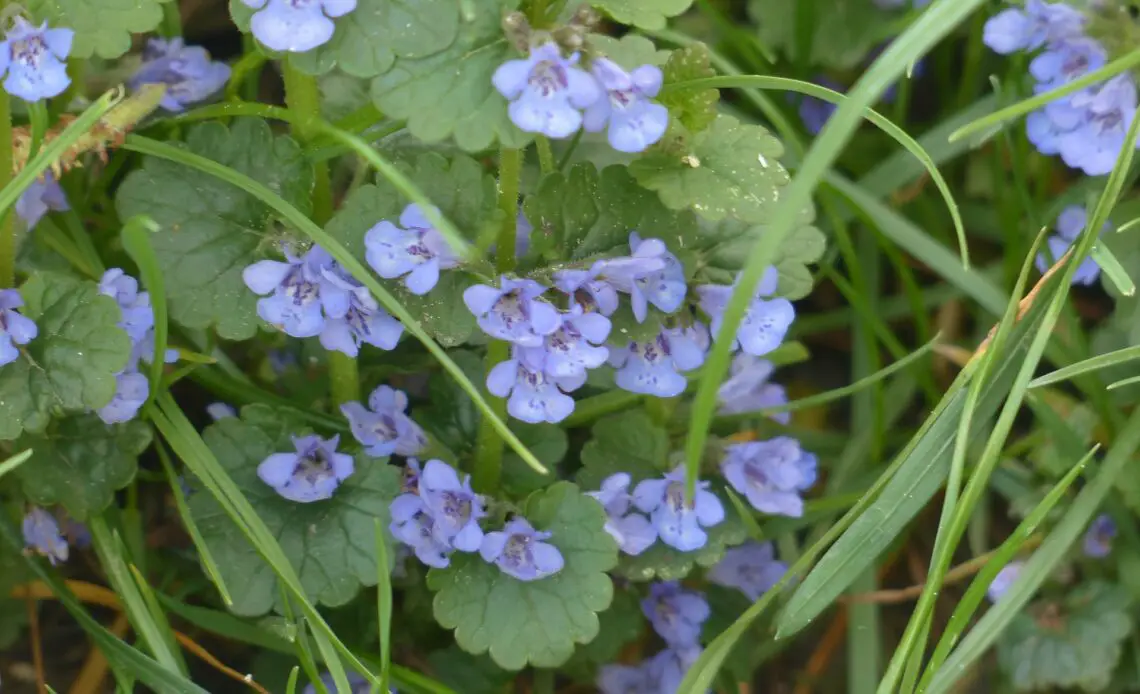
Last updated on May 21st, 2023 at 09:28 am
Typically recognized as English ivy, the ivy flower plants relate to the Hedera class, which is a part of the Araliaceae group. The ivy flowers have around 15 varieties, which are almost classified by the species of outgrowths under their herbage. Hedera helix is its scientific name.
The ivy flower plant is mainly aboriginal to Northern Europe and Western Asia. Hedera Helix is the most widespread variety among many specific plant varieties. It is further named European ivy or English ivy.
The European colonists carried this plant to various North and South American domains. The Ivy flower plant can reach around 15-19 cm and ascend to 20-30 m above the surface phase.
What does the Ivy flower symbolize?
In the terminology of blossoms, the ivy flower has a long-held symbolic connection to loyalty, wedding, and understanding.
The Greek deity Dionysus, as well as the Roman deity Bacchus. They kept the ivy blossoms and the plants’ deep green leaves sacred. According to Druids, these specific plants symbolized female goddesses. In this present era, these rapidly-growing vines illustrate the fences of academies of higher learning, empowering them with a directly “recognizable symbolic moniker.”
The ivy flower also signifies patriotism, bringing about a reasonable inclusion in marriage ceremonies or anniversary flower-patterned blessings. Additionally, the ivy flower further exemplifies the stable energy of affection and relationship, and it can be utilized in treaties and fragrances for companions and respected people.
On the other hand, the ivy flower symbolizes devotion (it won’t effortlessly let go of something it’s connected to) and infinite existence because of its evergreen nature.
The ivy flower was devoted to Osiris in age-old Egypt, who embodied eternity.
For more than 100 years, the European community has emphasized the ivy flower plant. Therefore, the same picture is found in Norwegian, ancient Irish, and Germanic. The ivy flower still holds a strong position in the ancient era as it is evergreen. When it is a long winter with a tiny light in the home, the ivy flower provides the energy of desire to welcome spring.
All in all, the ivy flower symbolic meanings are:
- fidelity
- marriage
- friendship
- benevolence
- brotherhood
- affection
- devotion
- fondness
Meaning of the Ivy flower colors
White color

The white variation of the ivy flower exemplifies holiness, freshness, clarity. With that, it further signifies honesty, belief, and hypothesis.
Yellow color

Ivy-yellowish flowers exemplify prosperity and youthful and optimistic life. The color yellow further signifies energy, aggressiveness, and self-enthusiasm.
Purple color

Purple ivy is generally whispered to signify achievement and even sovereignty, though impressions of affection and belief may also appear in purple blossoms.
Blue color

The blue colors are associated with unity, stability, and calm emotions, probably due to apparent relations to the atmosphere and water. The unique blossom color continually indicates faith, security, familiarity, and honesty again.
Interesting facts about the Ivy flowers
- In India, the ivy flower excerpt is powerful against inflammation and arthritis. It further holds antioxidants and possesses antiallergic and antispasmodic elements. The ivy flower can similarly lessen cough and is beneficial in many disorders like asthma, allergies, and bronchitis.
- Ivy flower plants can eliminate VOCs such as “benzene,” “toluene,” “octane,” and “trichloroethylene.” It is an incredible plant to expand respiratory conditions.
- English ivy can reduce grains of fecal mold. Molds are commonly green and black holes based on the moist niches and chimneys in the basement of residences. It can be relatively hazardous for people undergoing mold allergies.
- English ivy is not offered in nature and can adjust to any surface. It also overcomes poor light qualities relatively well, and one can further cut it back to the preferable structure to set wherever one wishes.
How to grow Ivy flowers
English ivy thrives outdoors with little to no care. Indoors, you’ll need to devote extra attention to the plant.
- Plant the ivy in loose, well-drained soil.
- Place the plant where it can get part shade to full shade.
- Spread a thick layer of mulch to keep the soil moist in dry climates.
- Let the soil dry to the touch on top before you water.
- Feed the plant every two weeks during the spring and summer seasons.
How to care for Ivy flowers
- Allow regular misting of the ivy foliage.
- Fertilize the soil about once a month.
- Prune the plant into a bushy shape by pinching off its growing tips in spring.
- Trim back if the vines get too long.
- Easily root cuttings in water to create new plants.
Best time to gift Ivy flowers
Ivy is an evergreen plant, so its leaves can be detected all year. It blossoms mainly from September to November. The fruits of ivy ripen the duration of November to January.
This flower gift signifies loyalty, generating a proper inclusion in expanding or anniversary flower-patterned blessings. As the ivy flower further exemplifies the staying ability of affection and relationship, it can be utilized in interpretations and fragrances for companions and near ones.
Conclusion
Ivy flowers are commonly like umbrella openings and possess little stem-like compositions. It further signifies devotion, a coalition between married couples or those getting married because of loyalty, dependability, and love.
The ivy flower keeps accumulating, informing us of a lifelong relationship between two souls. On the other hand, the English ivy flower plant signifies a lasting, everlasting connection getting on smoothly.
If you want to know and learn more about flowers, we at PansyMaiden can help you. Check out our fun, easy-to-read, and informative flower-related content that you will surely enjoy!

